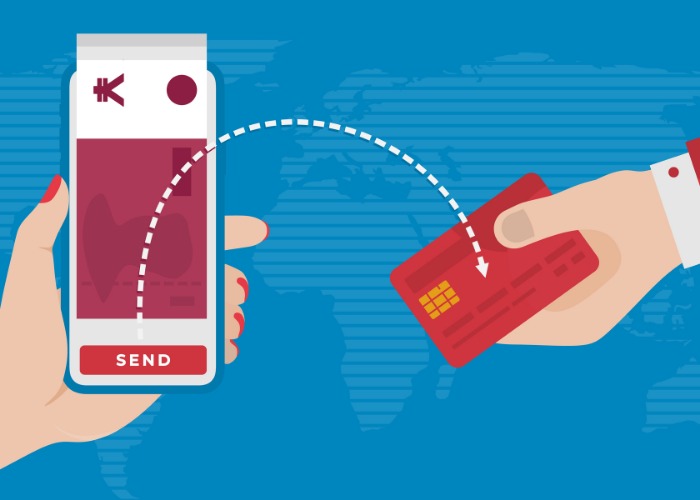Paid the wrong person or bank account? How to get money back after a misdirected payment

Thousands of bank customers send money to the wrong person or bank account every year. If you've accidentally misdirected a payment, here's what to do.
Have you ever paid the wrong person or sent money to the wrong account?
If so, you’re far from alone.
Figures from payments firm VibePay suggest that around a quarter of people have accidentally misdirected a payment, with one in 10 having done so in the last year alone.
And while the typical sums involved were not life-changing, at an average of £118, there are plenty of people making mistakes when moving much more significant sums.
What’s more, the firm’s study found that more than a quarter (28%) who made a mistake when transferring money never got it back.
So what are the rules when it comes to misdirected payments?
And how do you go about getting the money sent to the correct destination?
Manage all your savings accounts in one place with Raisin, the simple savings service
Paid the wrong account: your rights
Back in 2014, the Payments Council ‒ which is now part of UK Finance ‒ introduced a voluntary code of conduct for banks and building societies to follow when it comes to these ‘misdirected payments’.
That code was strengthened two years later, and set out the following commitments:
- If you notify your bank/building society you’ve made a misdirected payment, they will start looking into it properly within two days;
- Where they find “clear evidence of a genuine mistake” they will contact the receiving bank on your behalf to request the money isn’t spent. So long as the recipient doesn’t dispute your claim, you should then get a refund of the money within 20 working days;
- Even in less clear-cut cases, your bank will still contact the receiving bank to ask for consent to debit the account of the person that received the cash, though no funds will be removed without that consent;
- If the funds can’t be returned through this process, your bank will outline the various options open to you, such as court action against the person that received the funds.
The quicker that you can get in contact with your account provider to explain the issue ‒ particularly if you can detail exactly what you got wrong when entering the recipient account details ‒ the better.
However, the big problem with the code of conduct is that there is no guarantee that you’ll get that money back.
If the person who received the cash does not play ball, then you are going to have to explore your legal options.
It’s worth remembering that if they spend it, they are effectively committing a crime, so you should get the police involved too.
How to avoid paying the wrong account in the future
Given the ‘protections’ in place only actually help you if you happen to mistakenly transfer your cash to someone reasonable, it’s essential that you do whatever you can to ensure that you don’t make a mistake in the first place.
The advice here is really pretty straightforward ‒ be as vigilant as you possibly can to ensure that any details you put in, whether that’s the account number, sort code or the sum being transferred, are all correct.
If you're sending a large amount to another person, it might be worth doing a 'dummy' transfer of £1.
Once you get confirmation that the money has arrived, you can then send the funds.
Manage all your savings accounts in one place with Raisin, the simple savings service
*This article contains affiliate links, which means we may receive a commission on any sales of products or services we write about. This article was written completely independently.
Most Recent
Comments
Be the first to comment
Do you want to comment on this article? You need to be signed in for this feature








